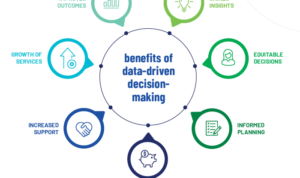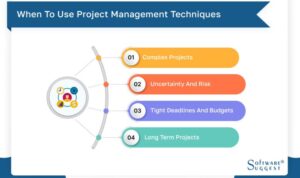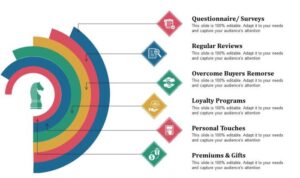Understanding Customer Pain Points sets the stage for businesses to thrive by addressing and resolving key issues that impact customer satisfaction. Dive into the world of customer needs and preferences in a whole new light.
In today’s competitive landscape, businesses must prioritize understanding customer pain points to stay ahead of the curve and deliver exceptional experiences.
What are Customer Pain Points?
Customer pain points refer to specific problems or challenges that customers experience when interacting with a business or using its products/services. These pain points can range from minor inconveniences to major obstacles that hinder the overall customer experience.
Understanding customer pain points is crucial for businesses as it allows them to identify areas for improvement, tailor their products/services to meet customer needs, and ultimately enhance customer satisfaction and loyalty. By addressing these pain points effectively, businesses can differentiate themselves from competitors and build long-lasting relationships with their customers.
Examples of Common Customer Pain Points
- Long wait times for customer support in the telecommunications industry
- Complex and confusing checkout processes in the e-commerce industry
- Poor product quality or performance in the electronics industry
- Lack of personalization and customization options in the retail industry
- Inconsistent pricing and billing issues in the utility services industry
Identifying Customer Pain Points: Understanding Customer Pain Points
Identifying customer pain points is crucial for businesses to improve their products and services. By understanding what frustrates or challenges customers, companies can make necessary changes to enhance the overall customer experience.
Methods and Strategies for Identifying Customer Pain Points
- Conducting Surveys: Sending out surveys to customers can provide valuable insights into their experiences and highlight areas of dissatisfaction.
- Customer Interviews: Engaging directly with customers through interviews allows businesses to delve deeper into specific pain points and understand the root causes.
- Data Analysis: Analyzing customer feedback, complaints, and reviews can help identify recurring issues and trends that indicate common pain points.
Real-life Examples of Successful Identification and Addressing of Customer Pain Points
- Amazon: By analyzing customer reviews and feedback, Amazon identified the need for faster delivery times and introduced Amazon Prime for expedited shipping.
- Apple: Apple addressed customer pain points related to battery life by improving battery performance in newer versions of their products based on customer complaints and feedback.
The Importance of Surveys, Customer Interviews, and Data Analysis
- Surveys allow for collecting quantitative data on customer preferences and pain points.
- Customer interviews provide qualitative insights and personal stories that can uncover hidden pain points.
- Data analysis helps in identifying patterns and trends across a large volume of customer feedback for a comprehensive view of pain points.
Types of Customer Pain Points
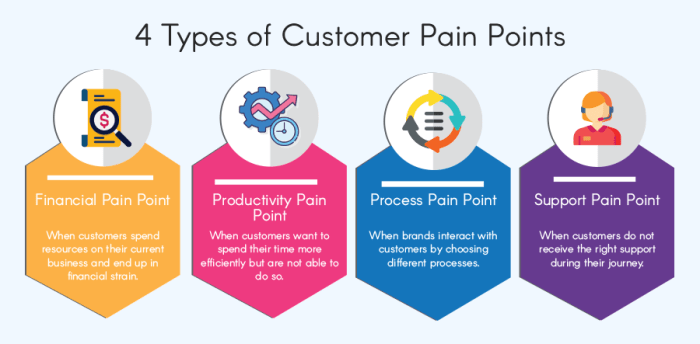
When it comes to customer pain points, there are various types that businesses need to consider in order to improve customer satisfaction and retention.
Financial Pain Points
Financial pain points relate to issues that customers face with the cost of products or services. This can include high prices, unexpected fees, or a lack of value for the money spent. For example, a customer may be frustrated with hidden charges when purchasing a subscription service, leading to dissatisfaction and potentially churn.
Logistical Pain Points, Understanding Customer Pain Points
Logistical pain points involve challenges in the delivery or fulfillment process. This could be delays in shipping, incorrect orders, or difficulty in returns. For instance, if a customer orders a product online and it arrives late or damaged, it creates a negative experience that impacts their loyalty to the brand.
Product-Related Pain Points
Product-related pain points revolve around issues with the functionality, quality, or usability of a product. Customers might encounter defects, lack of features, or difficulty in understanding how to use the product effectively. An example could be a smartphone with frequent software glitches that frustrate users and diminish their satisfaction with the brand.
Service-Related Pain Points
Service-related pain points refer to problems customers face when interacting with the company’s customer service or support. This can include long wait times, unhelpful agents, or inconsistent responses across different channels. For instance, if a customer reaches out for assistance and receives conflicting information from multiple representatives, it can lead to confusion and dissatisfaction.
Addressing Customer Pain Points
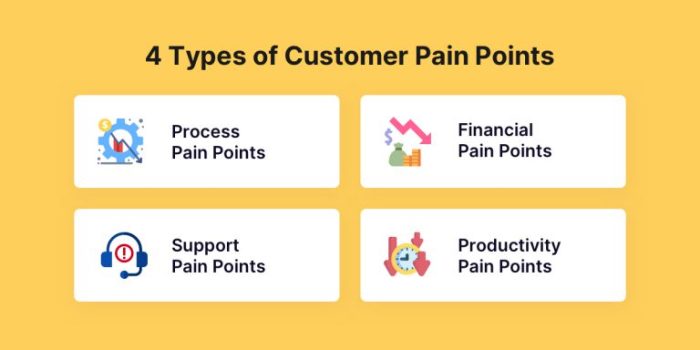
When it comes to addressing customer pain points, businesses need to be proactive and strategic in their approach. By understanding and resolving these issues effectively, companies can improve customer satisfaction and loyalty. One key aspect of addressing customer pain points is the role of customer feedback and continuous improvement.
Strategies for Effectively Addressing and Resolving Customer Pain Points
Here are some strategies businesses can use to address and resolve customer pain points:
- Listen to customer feedback: Actively seek out feedback from customers through surveys, reviews, and direct communication channels to understand their pain points.
- Identify common pain points: Analyze customer feedback and data to identify recurring issues or trends that need to be addressed.
- Implement solutions: Develop and implement solutions to resolve customer pain points, whether it’s improving products, services, or processes.
- Communicate effectively: Keep customers informed about the steps being taken to address their pain points and provide updates on progress.
- Evaluate and adjust: Continuously monitor the effectiveness of the solutions implemented and be willing to adjust strategies based on feedback and results.
Role of Customer Feedback and Continuous Improvement
Customer feedback plays a crucial role in addressing pain points as it provides valuable insights into customer preferences, expectations, and areas for improvement. By listening to customer feedback and continuously seeking ways to improve, businesses can better address pain points and enhance the overall customer experience.
Examples of Companies Turning Customer Pain Points into Opportunities
Companies like Netflix and Amazon have successfully turned customer pain points into opportunities for growth. For example, Netflix identified the pain point of late fees for DVD rentals and shifted to a subscription-based streaming model, eliminating this inconvenience for customers. Amazon addressed the pain point of slow shipping by introducing Amazon Prime, offering fast and reliable delivery services.
